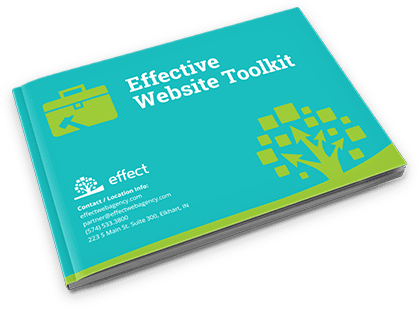Navigating the digital landscape requires a roadmap, and that’s where sitemaps come into play. In web design, SEO, and online marketing, understanding the importance of sitemaps is paramount. This article serves as your guide to unraveling the intricacies of sitemaps. That being, what they are, why they matter, and how they can significantly impact your website’s visibility, user experience, and overall online success. So, what is a sitemap? Let’s find out!
What is a sitemap used for?
It is key to craft content that resonates with your audience and drives them to engage with your web marketing agency. Let’s delve into the strategic significance of sitemaps for your website’s success.
In the dynamic landscape of online business, a sitemap serves as a digital compass, guiding users and search engines through the intricate corridors of your website. Imagine it as a blueprint that outlines the architecture of your pages and directs traffic to your most valuable content.
For search engines like Google, a well-structured sitemap is like a treasure map, leading them to the gold mines of your website: the pages you want to highlight. When search engines easily decipher your website’s structure, they reward you with better rankings. This directly translates into increased visibility, higher organic traffic, and more opportunities for conversion.
Yet, the benefits extend beyond search engine mechanics. A meticulously designed sitemap enhances user experience, ensuring visitors easily find what they’re looking for. This seamless navigation lowers bounce rates and encourages exploration, fostering a positive impression of your brand.
Is sitemap HTML or XML?
Sitemaps can be both HTML and XML, each serving a different purpose in the context of your website’s visibility and user experience.
XML Sitemaps
These are specifically designed for search engines. They are machine-readable files that provide a comprehensive list of URLs on your website that you want search engines to index. XML sitemaps include additional metadata about each URL, such as the date it was last updated and its priority relative to other pages on your site. These sitemaps are submitted directly to search engines through tools like Google Search Console.
HTML Sitemaps
These are designed for human visitors to your website. An HTML sitemap is essentially a page on your site that lists all the links to various pages. It provides an organized overview of your website’s structure, making it easier for users to navigate and find the content they want. HTML sitemaps are often linked in the footer of a website and are meant to enhance user experience.
How do I create a sitemap?
Creating a sitemap involves a structured process to ensure that search engines and users accurately represent your website’s content. Here’s a concise step-by-step guide:
- Audit Your Website: List all your web pages and content sections. This helps you understand the scope of your website and what needs to be included in the sitemap.
- Choose a Format: Decide whether you need an XML sitemap for search engines or an HTML sitemap for users. XML sitemaps are usually generated through various tools or plugins, while HTML sitemaps can be manually created as dedicated pages on your site.
- Use Sitemap Generators: For XML sitemaps, use tools like Google’s Search Console, Yoast SEO plugin (for WordPress), or online sitemap generators. These tools help automate the process, ensuring accuracy and ease.
- Organize and Prioritize: Arrange your URLs in a logical order, reflecting the hierarchy of your website. Assign priorities to pages based on their importance.
- Include Metadata: In XML sitemaps, consider adding optional metadata like last modification date and change frequency. This information aids search engines in understanding your content’s relevance and freshness.
- Test and Validate: Before finalizing, test your sitemap using validation tools provided by search engines. This ensures that the format and structure are correct.
- Submit to Search Engines: If you use XML sitemaps, submit them to search engines like Google through their webmaster tools.
- Create HTML Sitemap: Create an HTML sitemap as a user-friendly page if desired. List and organize links to various sections and pages of your website, making navigation intuitive for visitors.
- Update Regularly: As your website evolves, update your sitemap accordingly. New pages, removed pages, or changes in priority should be reflected.
- Monitor Performance: Keep an eye on your website’s performance, traffic, and search engine rankings to gauge the effectiveness of your sitemap strategy.
Again, working with a web marketing agency throughout this process is wise. Frankly speaking, the ins and outs of sitemaps can’t be learned through one article. For that reason, you must talk to a professional about it.
We Can Help!
Effect Web Agency provides web design and marketing services for local, regional, national, and international clients. Contact us to learn how you can improve your online visibility.




